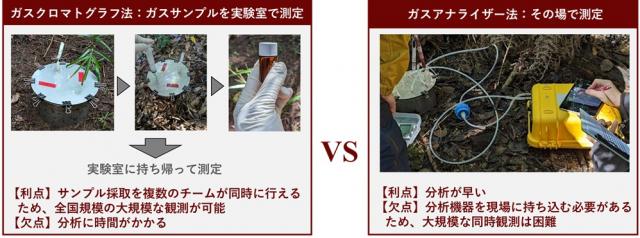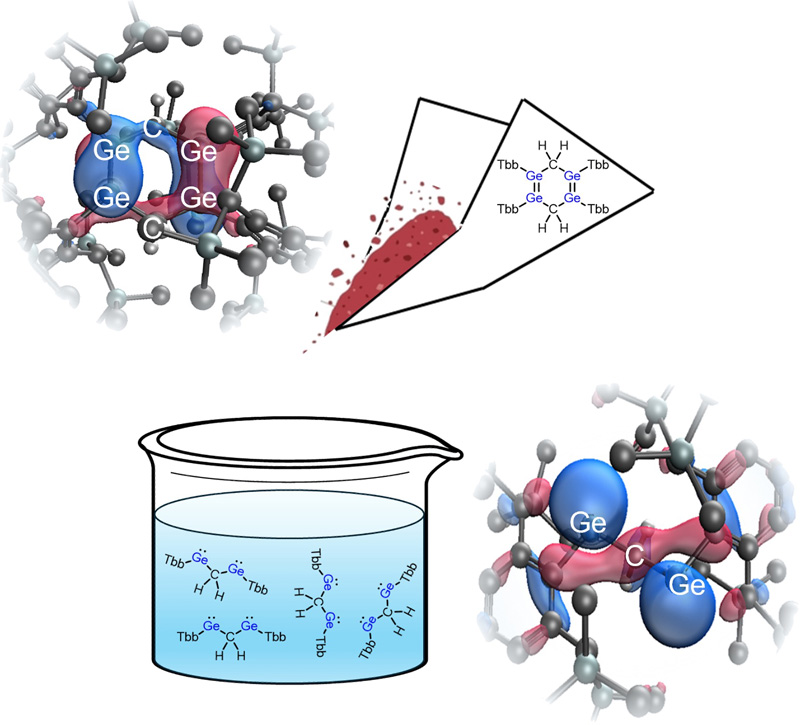2025-07-11 北海道大学

本研究の手順の概要。拡張AFIR法と機械学習ポテンシャル技術を組み合わせた検討により、理解と予測に基づいて自己強化ゲル材料を開発した。
<関連情報>
- https://www.hokudai.ac.jp/news/2025/07/post-1975.html
- https://www.hokudai.ac.jp/news/pdf/250711_pr.pdf
- https://pubs.rsc.org/en/content/articlelanding/2025/sc/d5sc00151j
「ノード形状」を有する熱安定メカノフォアによるダブルネットワーク材料における迅速な自己強化メカニズム “Node” facilitated thermostable mechanophores for rapid self-strengthening in double network materials
Julong Jiang, Zhi Jian Wang, Ruben Staub, Yu Harabuchi, Alexandre Varnek, Jian Ping Gong and Satoshi Maeda
Chemical Science Published:10 Jul 2025
DOI:https://doi.org/10.1039/D5SC00151J
Abstract
Mechanophores are force-sensitive compounds that undergo chemical reactions under force stimuli. The design and discovery of efficient yet thermally stable mechanophores are crucial for developing self-strengthening materials. However, conventional mechanophores are often chemically unstable due to the presence of highly strained rings or weak covalent bonds, making the material sensitive to the change of temperature or UV irradiation. In this study, a comprehensive computational exploration was conducted to discover thermally stable, unconventional mechanophores for self-strengthening materials based on mechanoradical polymerisation. Notably, the computational procedure presented here serves as a general strategy for designing mechanophores intended for various applications. First, a conformational motif called a “node” along the force transduction direction was identified, significantly enhancing the force effect. Molecules with bridged rings emerged as ideal candidates for possessing a “node,” as the bridged structure helps to fix the key dihedral angle. Simulations predicted that polymers containing camphanediol and pinanediol could readily undergo C–C bond homolysis under force. Subsequently, automated reaction path exploration revealed the fate of the mechanoradicals and suggested that camphanediol could generate long-lived radicals, a crucial feature for self-strengthening materials. Following these computational predictions, we successfully prepared double-network hydrogels containing the camphanediol moiety. Careful experiments were then performed to quantify the concentration of mechanoradicals, and enhanced self-strengthening performance was demonstrated through loading–unloading tests.



